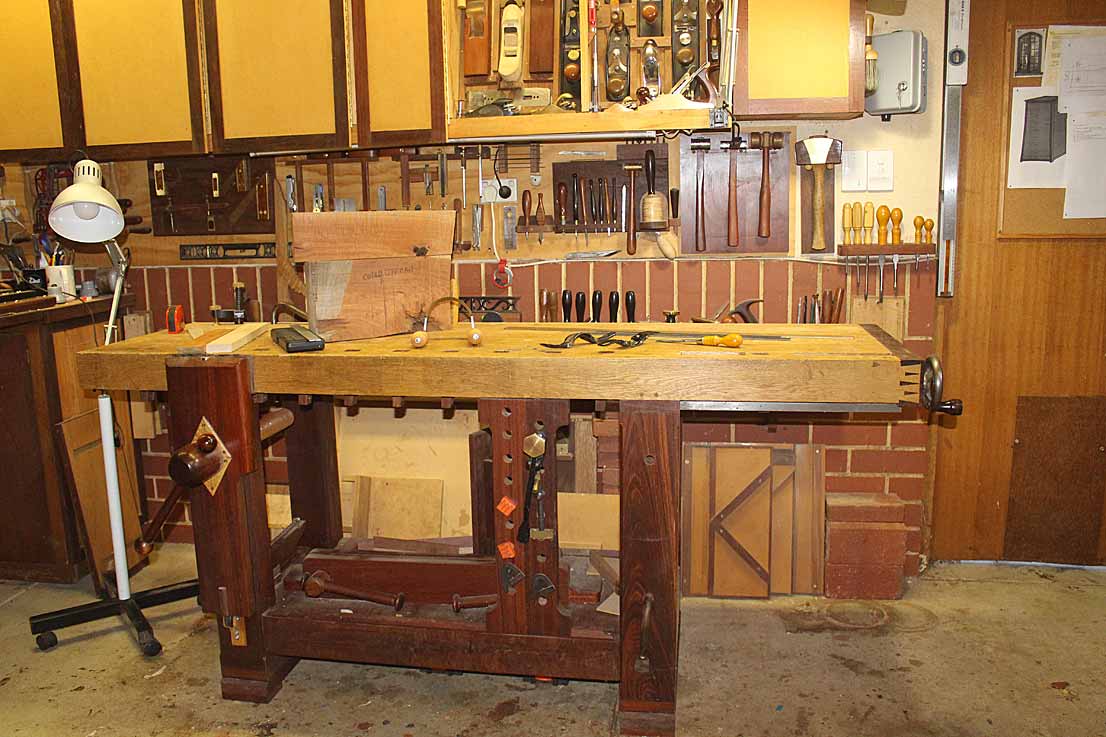So I think itís time I finally build a proper workbench - something Iíve wanted to do for a few years now. Iíve been researching different styles of benches for just as long and I keep coming back to the Frank Klausz style bench. As much as I think I would love the large shoulder vise, Iíve been worried it will be too big for my small shop - protruding too far out from the bench. But still, I keep coming back to that bench. I think itís time to stop wondering what if and just get building. Iím feeling a bit overwhelmed (just my personality) on where to start. I have some good resources, the Landis book, the 1985 FWW article with the Klausz bench plans, and some online info about this bench. I plan on maybe decreasing overall width by about 2 inches, and making a few personalized touches. But where to begin? My plan is to write a list of changes and personal touches I have in mind and then draw up my own detailed plans (referencing the plans I already have) to follow. Also thinking of writing a detailed order of operations so I donít miss any important step (orienting boards in the same direction for ease of hand planing for example). This will be the most complicated thing Iíve made. And I donít plan on having it done anytime soon. In fact, Iím sure I canít afford to buy all the lumber in one shot. Anyone have any tips, suggestions, things to remember? Is there anything youíd do different if you were building your bench again? Also, build the base first, then the top? Or vice versa. The only advantage I see of building the top first is that you can locate the base members directly from the top and take your measurements there, rather than planning for each to mate in the right locations. Any advise, comments, suggestions would be appreciated! I have some time off of work soon and Iíd really love to get some good plans drawn up and maybe even pick up some lumber!




 Reply With Quote
Reply With Quote









